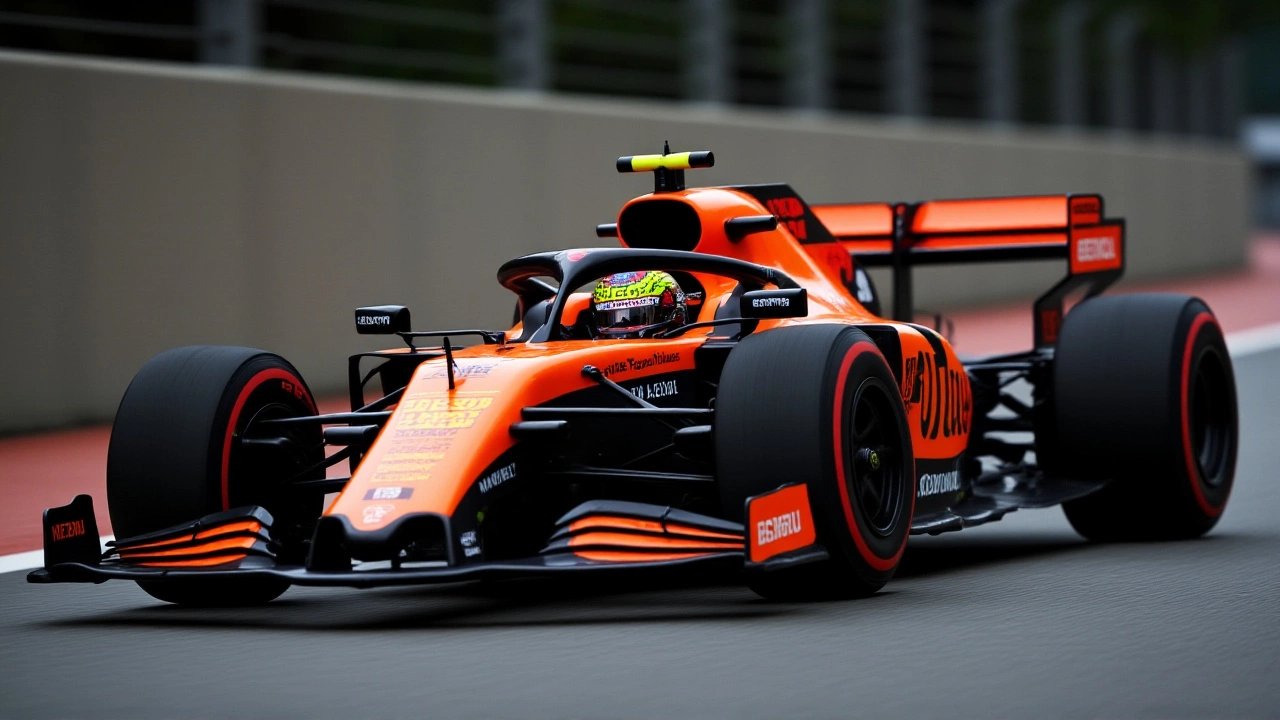Qualifying in Motorsport: What It Is and Why It Matters
When working with qualifying, the timed session that decides the starting order for a race. Also called time trial, qualifying determines who earns the pole position and where each car lines up on the grid order.
The core of any qualifying day is the lap time. Drivers push their machines to the absolute limit for a single circuit run, aiming for the fastest possible split. Teams fine‑tune aerodynamics, tyre pressures, and engine maps specifically for that short burst of speed. A cleaner track, cooler air, or a slipstream from a teammate can shave tenths of a second off a lap, and those tenths often separate first from fifth. Because the grid is built from fastest laps, qualifying directly influences race strategy – a good pole can let you dictate the early pace, while a poor slot may force you into traffic and higher tyre wear.
Key Elements That Shape a Qualifying Session
Three main factors shape the outcome: track conditions, car setup, and driver skill. Track temperature affects grip; a warm surface offers more adhesion but can also degrade tyres faster. Engineers may choose a lower down‑force setup to reduce drag on long straights, yet that sacrifices corner speed on twisty sections. Meanwhile, the driver must balance braking points and throttle application to extract every ounce of performance. In series like Formula 1, the session is split into Q1, Q2 and Q3, each eliminating the slowest cars and tightening the competition. In other series, such as NASCAR, a single timed run or group session decides the line‑up. Regardless of format, the principle stays the same: the fastest lap earns the most advantageous starting spot.
Qualifying isn’t just about raw speed; it’s a strategic puzzle. Teams watch competitors’ lap times in real time, adjusting their own runs to avoid traffic or to exploit a sudden rain shower. Some crews opt for an early run to set a benchmark, while others wait for the track to “rubber in” and deliver extra grip. Weather can flip the script – a sudden drizzle may make the early leader unbeatable if the rest of the session turns wet. This dynamic makes qualifying a high‑stakes, high‑tension event that often decides the narrative before the race even starts.
Understanding how qualifying works helps you read race previews, predict grid formations, and appreciate why a driver’s reaction to a pole‑position celebration feels so intense. Below you’ll find a curated collection of articles that break down specific qualifying formats, highlight historic pole‑position battles, and offer tips for teams looking to optimise their lap times. Dive in to see how the concepts we’ve just covered play out across different motorsport disciplines.
Verstappen edged Piastri by 0.017s in Singapore GP practice as McLaren, Mercedes and Red Bull set up a three‑way pole battle ahead of qualifying.
